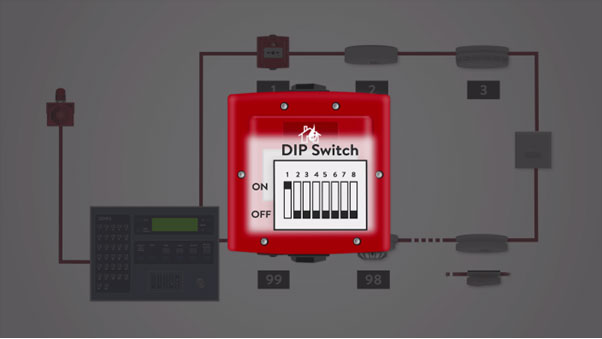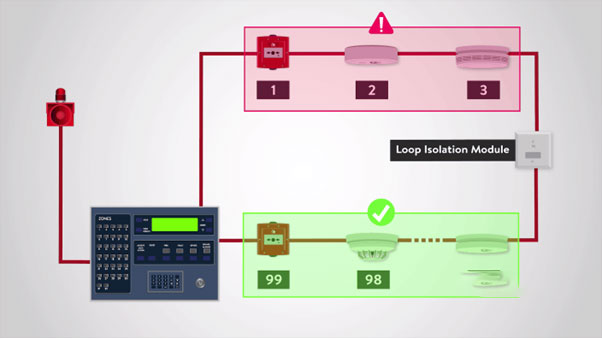
Fire detection and alarm systems are designed to discover fires early in their development when time will still be available for the safe evacuation of occupants. Early detection also plays a significant role in protecting the safety of emergency response personnel. Property loss can be reduced and downtime for the operation minimized through early detection because control efforts are started while the fire is still small. Most alarm systems provide information to emergency responders on the location of the fire, speeding the process of fire control.
To be useful, detectors must be coupled with alarms. Alarm systems provide notice to at least the building occupants and usually transmit a signal to a staffed monitoring station either on or off site. In some cases, alarms may go directly to the fire department, although in most locations this is no longer the typical approach.
The “Brain” of the fire detector system is the Fire Alarm Control Panel. It is the central hub for all of the detector signals to be wired to and provides a status indication to the users. The unit can also be set up to simulate an alarm for use in routine Fire and evacuation drills, so all staff knows what action to take in the event of a real fire.
At the core of a fire alarm system are the detection devices, from sophisticated intelligent smoke detectors to simple manually operated break glass units, there are a wide array of different types, but we can divide them into groups including:

Call points and detectors are arranged in “Zones” to simplify locating the cause of the alarm, this is important for both the fire brigade and general building management.
Each zone is indicated at the Fire Alarm Control Panel either with an indicator lamp, a text display or in some cases both. It makes sense that the more we can divide a building into zones, the more accurate locating the alarm trigger will be.

The Control Panel is wired to a minimum of two sounder circuits which could contain bells, electronic sounders or other audible fire alarm devices.
It is these devices which sound the alarm when triggered.

The detection principle of an Addressable System is the same as a Conventional System except that each detector is given a set Address (usually by means of a dip-switch) and the Control Panel can then determine exactly which detector or call point has initiated the alarm.

The detection circuit is wired as a loop and up to 99 devices may be connected to each loop.
It is common for the loop to be fitted with Loop Isolation Modules so that the loop is sectioned in order to ensure that a short circuit or single fault will only cause the loss of a small part of the system; allowing the rest of the system to function normally.

In the previous two systems, the “Conventional Fire Alarm System” and the “Addressable Fire Alarm System” the detectors are not considered “intelligent” as they can only give output signals representing the value of detected phenomena.
It is left up to the Control Unit to decide whether there is a fire, fault, pre-alarm or other.